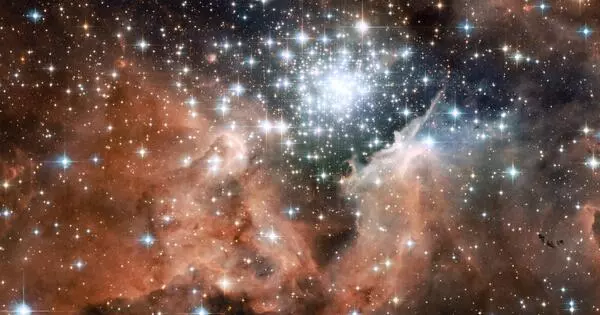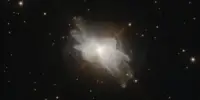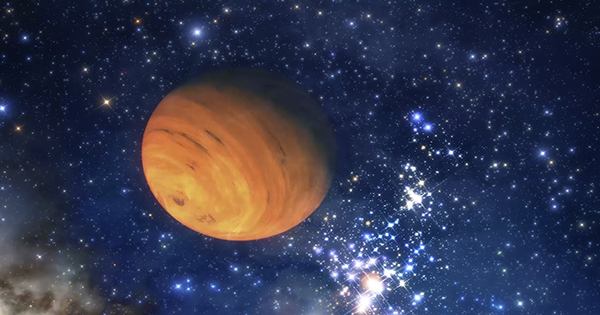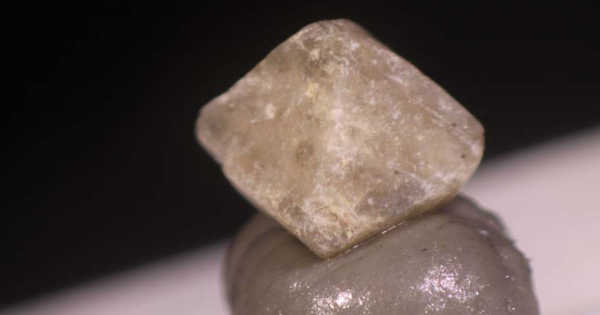NGC 3603 is a nebula located in the Carina-Sagittarius Arm of the Milky Way, around 20,000 light-years from Earth. It is an open star cluster in the constellation Carina, which is located in the southern sky. HD 97950 is a large H II area containing a relatively compact open cluster (likely a mega star cluster). It’s a young and huge star cluster that’s famous for its connection to the adjacent H II region known as the NGC 3603 Nebula.
Location
NGC 3603 is part of the Milky Way galaxy and is found in the Carina constellation. It may be seen from southern latitudes because it is located in the southern celestial hemisphere. It is mostly an open star cluster, which implies it is made up of young stars that formed from the same molecular cloud. Gravity holds open groups of stars together loosely.
Observations
NGC 3603 and its accompanying nebula are attractive astronomical and astrophotographic subjects. They offer a once-in-a-lifetime opportunity to investigate the development and evolution of massive stars, as well as the interactions between these stars and their surroundings.
NGC 3603 was discovered by John Herschel during a tour to South Africa on 14 March 1834, and he described it as “a very remarkable object…perhaps a globular cluster.” In his Results of Astronomical Observations Made at the Cape of Good Hope, published in 1847, Herschel identified it as nebula 3334. The Royal Society released his General Catalogue of Nebulae and Clusters in 1864, and it was classified as number 2354. It was later included in the New General Catalogue as NGC 3603 by J. L. E. Dreyer.
The core cluster was originally cataloged as the star HD 97950, however it has long been known to be nebulous or numerous. It was also identified for having a unique emission spectrum, with the spectral class Oe being assigned by the Henry Draper Catalogue. As the emission was recognized as characteristic of a Wolf-Rayet star, this was eventually refined to WN5 + O. The cluster was eventually resolved and discovered to contain three of the most massive and bright stars known, as well as a number of brilliant O class stars and many fainter stars.
Features
NGC 3603 is the Milky Way’s most enormous visible cloud of incandescent gas and plasma, known as a H II region. The core star cluster contains the galaxy’s densest concentration of very massive stars. Strong ultraviolet light and star winds have cleared the gas and dust, revealing the cluster in its entirety.
Within the cluster, three conspicuous Wolf-Rayet stars have been discovered, all of which were previously unresolved and known as the single star HD 97950. HD 97950A1 (or NGC 3603-A1), the brightest of the three, is actually a pair of Wolf-Rayet stars that orbit each other once every 3.77 days. The main is believed to weigh 120 M☉, while its companion weighs 92 M☉. HD 97950B is a single star that is more massive and bright than either of the individual members of HD 97950A1. It is 2,880,000 times brighter and 132 times heavier than the sun.
















